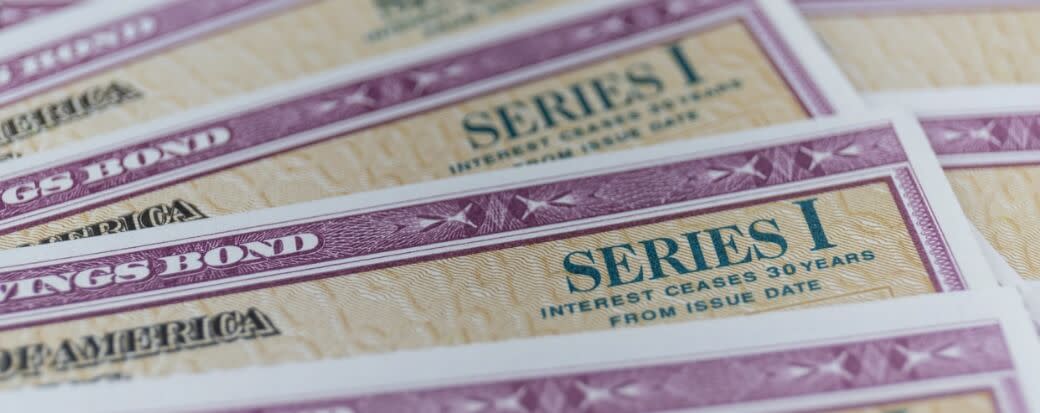When Can You Cash in Savings Bonds?

Share this article:
Editor’s note: Lantern by SoFi seeks to provide content that is objective, independent, and accurate. Writers are separate from our business operation and do not receive direct compensation from advertisers or network providers. Read more about our Editorial Guidelines and How We Make Money.
What Is a Savings Bond?
Types of Savings Bonds
EE Bonds
I Bonds
Should I Cash in My Savings Bonds?
How to Tell If Your Bonds Are Matured
Where to Cash in Savings Bonds
How to Cash in Savings Bonds
Early Withdrawal Penalties
The Takeaway
Frequently Asked Questions
Photo credit: iStock/jetcityimage
LNTBNK-Q225-019
About the Author
Austin Kilham is a writer and journalist based in Los Angeles. He focuses on personal finance, retirement, business, and health care with an eye toward helping others understand complex topics.
Share this article: